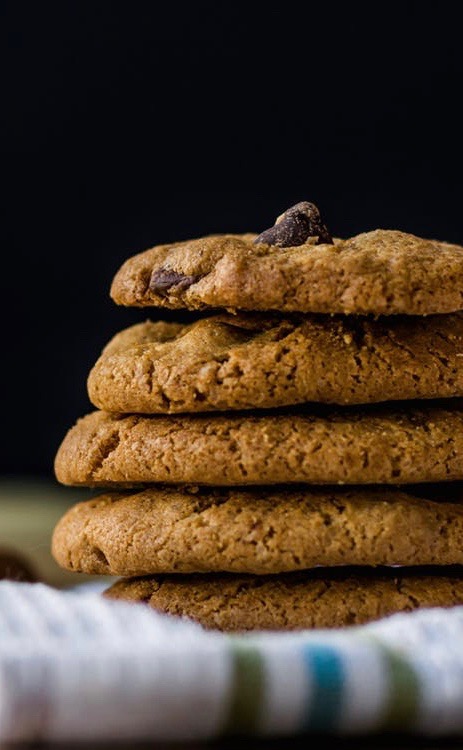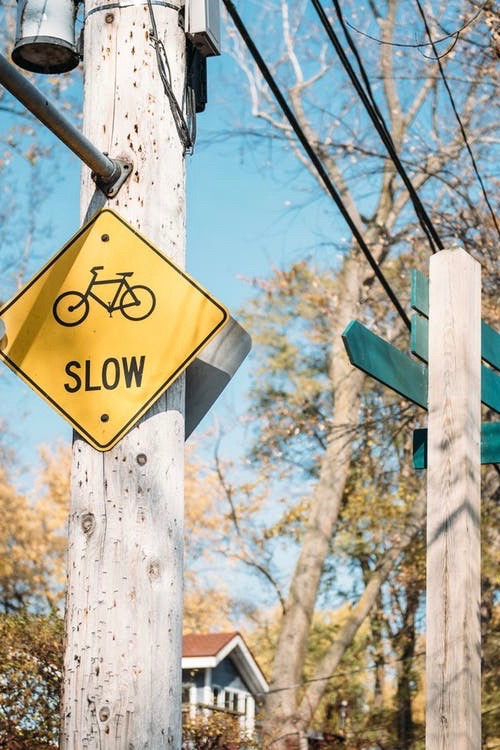
Listen to the audio recording of this post…
Eating to manage a difficult emotion does tend to work in the short-term. When we eat, there’s a jolt of immediate pleasure. Eating makes us feel better.
The problem is – the comfort is short-lived.
I know this. You know this. But we go and give in anyway.
The biggest breakthrough will happen when you discover that difficult emotions and cravings don’t get any worse when you don’t overeat.
So how do you stop this cycle?
Every time you want to eat out of emotion. Every time you want to give in to a craving, use this worksheet I designed for my clients.
The first goal of this worksheet is to identify the triggers that cause your emotional overeating.
Do you eat when you feel lonely or bored or overwhelmed – or when the kids go to bed? Do you eat in response to a thought or a story like, I can’t handle this or I’m such a screw up or my mother was right, I’ll always be fat?
We want to identify the most common triggers so we can develop strategies to disrupt them. That’s where having a coach comes in handy.
Identifying the triggers is part one. And it’s all well and good. But there’s another piece, a BIGGER piece. Learning how to ALLOW a craving or a difficult emotion without REACTING to it or RESISTING it.
It’s easy to not eat. We just don’t eat. We don’t pick up the cookie. We put the fork down. We put the ice cream back in the freezer.
What’s difficult is the feeling you will have if you don’t follow through on a craving to eat.
What’s difficult is allowing the craving without responding to it.
One of my mentors uses the most brilliant analogy to teach this.
She says cravings are like toddlers demanding candy at the grocery store – and what you need to know is that you do not need to comply. No matter how loud they get. No matter how overwhelming it feels, you do not have to comply.
The action of not responding is easy, right? You just don’t buy the candy. You say nothing. You keep shopping.
What’s difficult is the experience of the toddler melting down in the grocery store.
Now the big juicy question is – why do we give cravings so much authority? Why are we constantly giving candy to the toddler? Why are we always complying?
Because we feel like we have no control. We feel like the craving is irresistible. And why does it feel so damn irresistible? Because of the way our brain works.
The more we reward a craving, the more intense the cravings get. We create this deep groove in our brain. This hard wired pattern. That’s why cravings feel so intense. It’s this sort of faulty code imbedded in our brain.
So how do you “delete” or rewrite the faulty code?
You allow the urges. You don’t REACT and you don’t RESIST – you simply ALLOW.
I can hear you. What the heck does it mean to ALLOW an urge Robyn?
Let’s go back to the toddler in the grocery store.
The toddler is screaming urgently. So you give her a candy bar. You REACT to the screaming – and the toddler stops screaming.
But what has toddler learned? Screaming + freaking out + demanding + melting down + crying works. She learns that the more urgent I am, the more candy bars I get.
This is exactly what happens when we give in, or REACT to a craving.
We create a monster.
The cravings just keep getting bigger and louder and more urgent.
Option number two is we RESIST our urges.
The toddler screams and we scream back. The toddler freaks out and we freak out. The toddler pushes and we push back.
We get worn down and ultimately give in. We give the kid the candy bar.
The third option is ALLOWING the urge.
We allow the toddler to have a fit, to freak out, to demand – and we don’t react. We don’t try to get her to stop crying. We just let it be what it is.
What you will notice with a toddler (and with an urge) is when you just allow it to do what it does without resisting, without complying, without reacting – it eventually extinguishes itself. It burns itself out.
By allowing, the toddler will learn that throwing a fit does nothing. There is no reward for creating the urgency.
And so the behavior extinguishes itself. This is exactly what we need to do with our urges for eating.
What happens when you have an urge and you answer it? It intensifies.
When you have an urge and you don’t answer it. When you just allow it to be there and you don’t resist it – it dissipates.
Is this easy to do? No. Of course not. Not at first. But after the first 50 or 100 times you allow a craving without rewarding or resisting it, the pattern loses its power. The pattern unwinds.
The next time you have an urge, fill out the worksheet. Allow the urge and write about your experience. Learn from it. Lean into it. Let the toddler kick and scream without reacting or pushing back. Let the whole situation burn itself out.
I promise you, the urge will go away eventually. The toddler will stop screaming eventually. The urge has no authority over you.
This is what I teach. This is how we address the root cause of a behavior. You can’t do this with a diet my friends. I have so many tools to teach you. The same tools I used to overcome binging. To lose weight during peri-menopause. To create the life of my dreams. This is just the tip of the iceberg.
If you want to learn more about what it might be like to work with me, let’s set up a Discovery Session and see if working together is a fit. I can’t wait to hear from you.
XO ~Robyn



